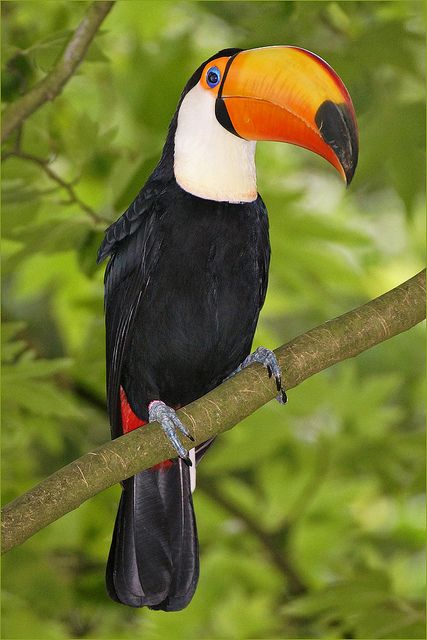Dear Integral Meditators,
We normally think about time as being in a straight line, running from past to present to future. but what it it were more like a web? The article below investigates how we can begin to meditate on the web of time, and the intuitive present that is its gateway.
In the spirit of intuition,
Toby
PS: For those in Singapore, you can catch a class on the intuitive present tomorrow, Wednesday at 7.30pm. This Saturday 16th is the Shamanic mandala meditation & art workshop, & do checkout the One Heart Open Day that my and the crew at Oneheart will be putting on on Saturday 30th September!
 The web of time & the intuitive present
The web of time & the intuitive present
According to our concrete, logical, linear mind, time unfolds in a sequence, from past to present to future. Time looks like a straight line.
If you look at the way in which we experience time from moment to moment, you can start to see that we experience time in other ways too. From the point of view of our intuitive, or non-linear mind time can be more like a web, with the present moment in time like being in the center of that web. In each moment we are receiving images, ideas, impressions, feelings and so on from these intuitive dimensions of our being and time.
You might think of your intuitive mind as the non-logical, non-rational part of your mind that includes areas such as the subconscious, the creative and imaginative, as well as the higher, trans-rational mind, our ancestral consciousness and dream states. These parts of our mind do not experience time ‘in a straight line’. The past and the future, things that have happened, things that have not happened all appear in a seemingly jumbled up, but often meaningful sequence.
Some of the information we receive in this way can be quite random and not very useful. However, some of it can be very worthwhile and valuable. Indeed, some of it can be more valuable than the information we receive from our logical mind, as our intuitive mind is connected to sources of information that are beyond the reach of our everyday sequential thinking and thoughts.
Sitting in the web of time as the ‘spider of the intuitive present’
Imagine you are sitting in the ‘web of intuitive time’, with threads all around you connecting you to different parts of time and areas of your consciousness. Imagine you are the ‘spider of the intuitive present’, sitting in the middle of your web, waiting, watching and observing. You are very still, feeling the vibrations coming along the threads around you, receiving different impressions, images and information from your intuitive mind. You simply watch, observe and sift through the information distinguishing that which is worthwhile and interesting from that which is probably not useful.
You can do this as a meditation form in and of itself anytime to attune yourself to the web of time and the intuitive, or non-linear present moment.
A personal example: The Buddha & his coat of many colours
A lot of the information I tend to receive from the intuitive present tends to be in the form of images. For example, a few months ago, I started seeing in my meditations a fat, Buddha like figure (a Maitreya figure for those of you who may know him as the popular Chinese laughing Buddha), wearing a coat of many coloured cloths and colours. He was sitting on a pile of gold coins, and seemed to be radiating abundance and wellbeing. Observing and experiencing this I had a feeling that my business was going to take a turn for the better (financially) over the coming months. Sure enough all sorts of business opportunities started coming in. It isn’t that I would not have had the business if I had not seen the image, but the image was an intuitive guide for me to the landscape of my business for the subsequent few months, which was very useful, and complementary to my ‘hard-nosed’, linear and rational methods of planning my work and income!
© Toby Ouvry 2017, you are welcome to use or share this article, but please cite Toby as the source and include reference to his website www.tobyouvry.com
Upcoming Courses at Integral Meditation Asia
Ongoing on Wednesday’s, 7.30-8.30pm – Wednesday Meditation Classes at Basic Essence with Toby
Ongoing on Tuesday evenings, 7.30-8.30pm – Tuesday Meditation Classes at One Heart with Toby (East coast)
Starting Tues/Wed September 5th/6th – September & October Five Class Meditation Series: Cultivating Deep Experience of the Present Moment
September 19th/20th: Autumn Equinox balancing & renewing meditation
Saturday September 16th, 10am-5pm – Shamanic mandala meditation & art workshop
Saturday September 30th, 10am-4.30pm – One Heart Open Day!
Integral Meditation Asia
Online Courses * 1:1 Coaching * Books * Live Workshops * Corporate Mindfulness Training *Life-Coaching * Meditation Technology








